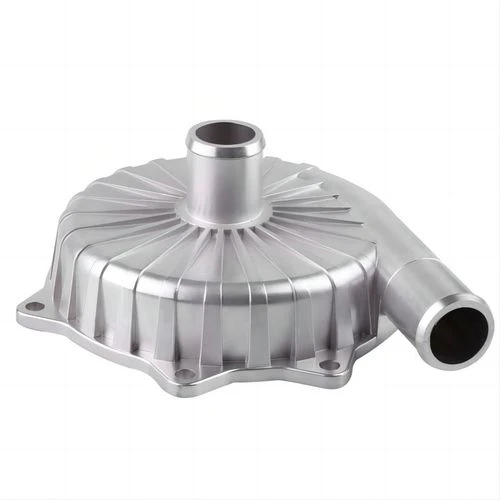Exploring Different Types of Sand Casting Techniques for Metal Production
Understanding Sand Casting Types A Comprehensive Overview
Sand casting is one of the oldest and most widely used metal casting processes, dating back to ancient times. The process involves creating a mold from sand, into which molten metal is poured. Once the metal cools and solidifies, the mold is removed, resulting in a cast part. Although the fundamental principle remains the same, several types of sand casting techniques cater to different needs and applications. This article explores the primary types of sand casting, their advantages, and their unique characteristics.
1. Green Sand Casting
Green sand casting is the most common method used in the industry. It utilizes a mixture of sand, clay, and water to form the mold. The term green refers to the moisture content in the sand mixture, indicating that it is not baked or hardened. The key advantages of green sand casting include its cost-effectiveness and the ease of molding. This method allows for good surface finishes and is highly adaptable for small to medium-sized production runs. It is especially popular for cast iron, aluminum, and bronze parts.
2. Dry Sand Casting
Dry sand casting, as the name suggests, employs a dry sand mixture that is baked or hardened prior to pouring the metal. This process enhances the mold's strength and precision, making it suitable for producing intricate designs and thin-walled castings. Dry sand molds can withstand higher pouring temperatures, thus reducing defects in the final products. However, this method typically requires more time and investment due to the extra steps involved in curing the molds. It is often used for alloy steels and non-ferrous metals.
sand casting types

Loam sand casting is a less common technique that uses a paste-like mixture of sand, clay, and water. This type of sand casting is often employed for large and heavy components, such as engine blocks or large gears. The loam mixture can be molded by hand, allowing for greater flexibility in creating large and complex shapes. While this method can be labor-intensive and time-consuming, it allows for one-off or small-scale production without the need for permanent molds.
4. Skin-Dried Sand Casting
This technique involves a mixture of sand and a binding agent, typically clay, which forms a thin layer over the mold. The outer layer is dried while the inner part remains moist. Skin-dried sand casting offers a higher quality surface finish while maintaining good dimensional accuracy. This method is particularly beneficial for components where aesthetic finishes are crucial, such as art pieces or decorative items.
5. Investment Sand Casting
Though not a traditional sand casting technique, investment sand casting shares similarities with sand utilization. This method involves creating a wax pattern that is encased in a sand mold. Once the pattern is melted away, molten metal is poured into the resulting cavity. Investment casting is known for its superior accuracy and surface finish, making it ideal for complex geometric shapes and high-precision applications like aerospace and medical components.
Conclusion
Each type of sand casting technique offers distinct advantages and is tailored to specific applications. Understanding these different methods allows manufacturers to choose an approach that aligns with their production requirements, material preferences, and budget constraints. As industries continue to evolve, these sand casting methods will adapt to meet the increasing demands for efficiency, precision, and sustainability. Whether creating a simple product or a highly complex part, sand casting remains a fundamental and versatile process in metal manufacturing.
-
Top Extras Casting Solutions Die Casting and Sand Casting Experts High-Quality Casting and Die Casting ServicesNewsJun.10,2025
-
Top SS Casting Manufacturer Aluminum Die Casting Manufacturer China Precision Die Casting Company SupplierNewsJun.10,2025
-
High-Quality Brass Casting Sand for Precision Sand Casting Brass at HomeNewsJun.10,2025
-
Affordable Aluminum Sand Casting Solutions Custom PartsNewsJun.09,2025
-
High-Quality China Sand Casting Services Cost-Effective & ReliableNewsJun.09,2025
-
Premium Hot Stamping Parts Durable Plastic Decor SolutionsNewsJun.09,2025















